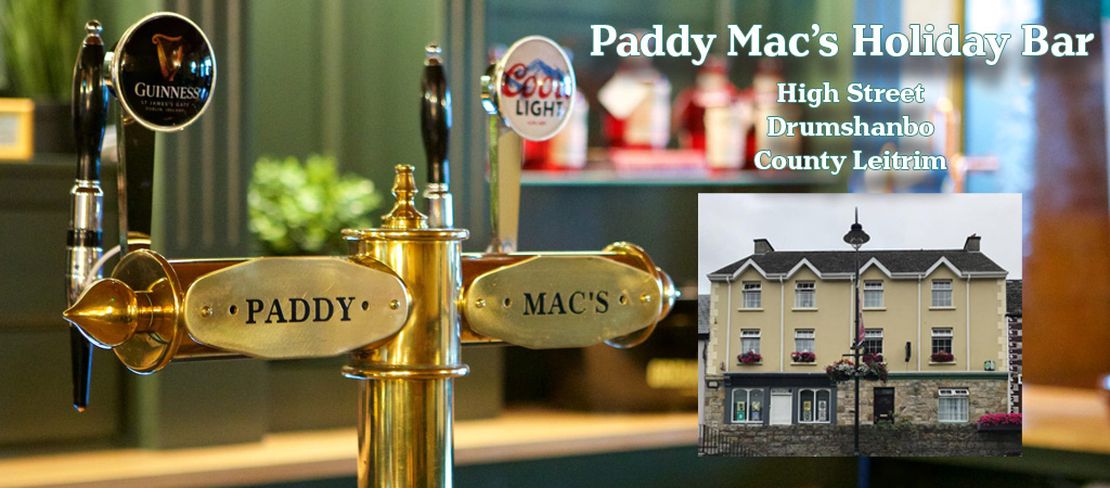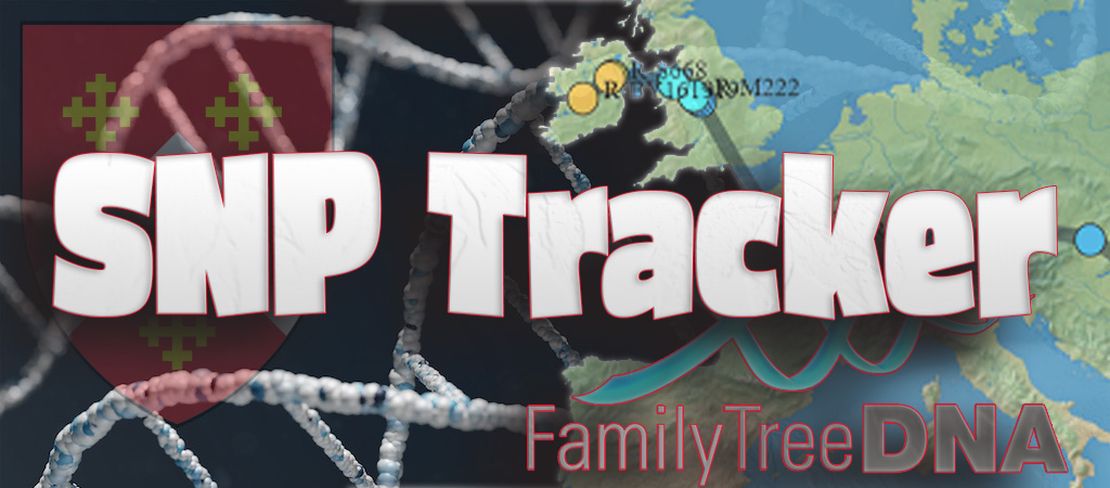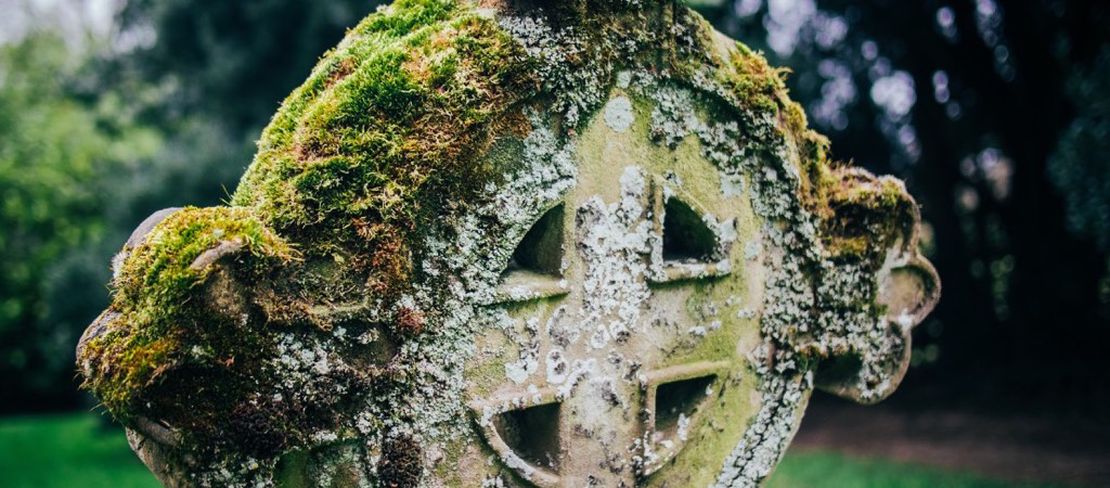
Maguires, Descedants of Magnus
- Kevin McManus
- Research
- August 25, 2022
Table of Contents
Maguires, One of the two principal septs of the name in Ireland
The second sept was a branch of the Maguires, who descend from Magnus, son of Donn Maguire (Donn Mag Uidhir), Chief of the Kingdom of Fermanagh (d. 1302). This family lived on the shores of Lough Erne, in what is now County Fermanagh.
Maghnus Maguire
The MacManus Family of Fermanagh descended from Maghnus Maguire; the name McManus began to be used in the 1300’s (1358, when Manus Maguire died).
Maguire (/məˈɡwaɪər/ mə-GWIRE, also spelled Mac Guire or McGuire) is an Irish surname from the Irish language Mac/Mag Uidhir, which is “son of Odhar” or “son of the dun or dark one”. According to legend, the eleventh in descent from Colla da Chrich, great-grandson of Cormac mac Airt, monarch of Ireland about the middle of the third century.
From the 13th to the 17th centuries, the Maguires were kings of Fermanagh.
As a given name, Maguire is uncommon.
History
The Maguire sept is primarily associated with modern-day County Fermanagh. They possessed the entire county, also known as Maguire’s Country, from about 1250 C.E. and maintained their independence as Lords of Fermanagh down to the reign of King James VI & I, when their country was confiscated like other parts of Ulster.
The Maguires supplied Chiefs or Princes to Fermanagh, from about A.D. 1264, when they supplanted the former Chieftains (Ó Daimhín, or Devin/Devine). They were inaugurated as Princes of Fermanagh on the summit of Cuilcagh, a magnificent mountain near Swanlinbar, on the borders of Cavan and Fermanagh; and sometimes also at a place called Sciath Gabhra or Lisnasciath, now Lisnaskea. The family was first mentioned in the Annals as early as 956 AD and have always been closely associated with the other leading septs of Ulster such as the O’Neill and the O’Donnell. They spawned several well-known branches which became septs in their own right, including Mac Manus, Mac Caffrey, Mac Hugh, and several others. The name is among the forty most common names in Ireland, among the top twenty-five in Ulster, ten in Co. Cavan, thirty in Co. Monaghan and is the single most common name in Co. Fermanagh. Maguiresbridge in Co. Fermanagh (Irish: Droichead Mhig Uidhir) takes its name from the family.
Nine Years’ War
In the Nine Years’ War (1594–1603), Hugh Maguire, the Lord of Fermanagh, took the rebels’ side, while his subordinate kinsman Connor Roe Maguire of Magherastephana sought to displace him and was nicknamed “the Queen’s Maguire” for his support of Queen Elizabeth’s forces.[6] Connor was granted the whole of Maguire’s Country (Fermanagh) by letters patent in 1601, but this was disregarded by the Plantation of Ulster in 1609, which granted him only twelve thousand acres of the barony of Magherastephana.
Connor’s son Bryan was made Baron Maguire of Enniskillen in 1627; Bryan’s son Connor, 2nd Baron supported the Confederate Ireland rebellion of the 1640s and was executed and attainted in 1645.
During translation in the Ulster Plantation, various English translations of the original Mag Uidhir appeared, including Mc Guire, Maguire, Mac Guire and McGuire. In South West Donegal, the name is re-translated into Gaelic as Mac Guibhir. An unusual version is Meguiar, an American spelling best known from “Meguiar’s Wax.”
Enniskillen Castle
Enniskillen Castle was the medieval seat of the McGuire (Maguidhir), chieftains of Fermanagh, who policed the lough with a private navy of 1,500 boats.[citation needed] Nearby is Maguiresbridge. At the castle, the King got wind of a large army that had been sent to attack. Fearing the loss of all his clan, he sent half of his people to the northwest of Scotland, who adopted the surname of MacQuarrie.[9]
Justitia et Fortitudo Invincibilia Sunt
The Maguire clan motto is “Justitia et Fortitudo Invincibilia Sunt”, which is Latin for “Justice and Fortitude Are Invincible”


